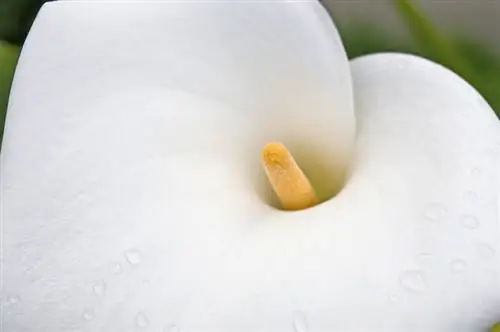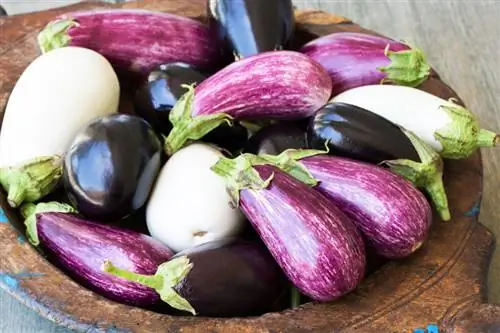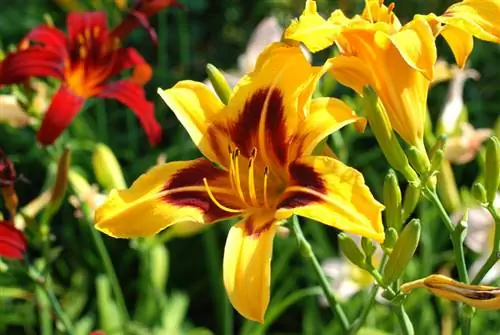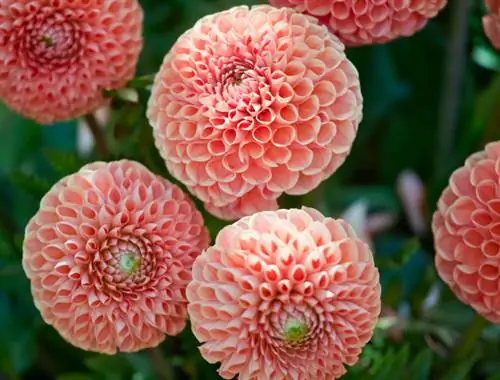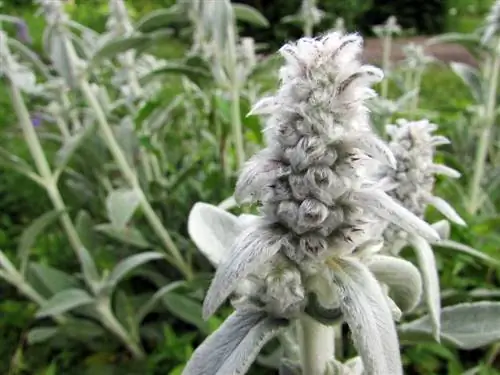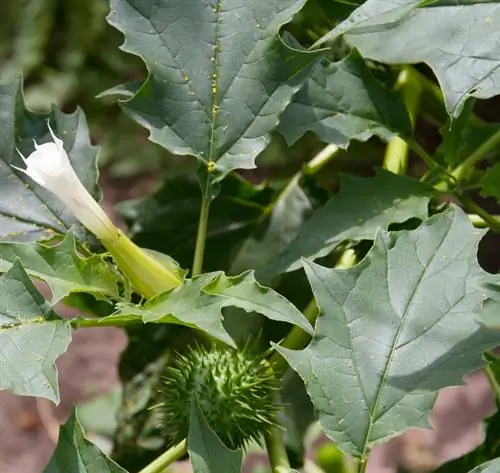- Author admin [email protected].
- Public 2023-12-16 16:46.
- Last modified 2025-01-23 11:20.
Many flower lovers mistakenly believe that the colorful leaves of the calla lily are the flowers. That is only partly true. The calla flower consists of a bract that encloses the actual inflorescence, a spadix.
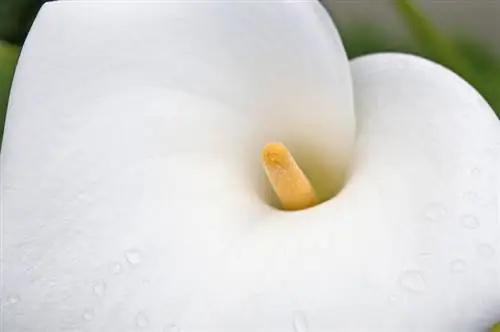
What is special about the calla flower?
The flower of the calla (Zantedeschia) consists of a colored bract that encloses an inconspicuous bulb, which is the actual flower. Calla flowers are long-lasting, lasting up to six weeks, and come in a variety of colors.
Structure of calla flowers
The calla lily (Zantedeschia) belongs to the arum family. This can already be seen from the typical shape of the flower.
They consist of a bulb that contains the seeds and is therefore the actual flower. The piston can be very inconspicuous. In many varieties, especially the white species, it protrudes from the bracts and shows a striking yellow, green or brown.
Depending on the calla variety, the bracts have white, yellow, pink, red, dark purple or almost black colors.
Long-lasting flowers
Calla flowers are quite long-lasting. In a convenient location they will last up to six weeks.
Callas that bloom in summer last longer if you plant the bulbs outdoors or keep them in a pot on the terrace.
Callas can last up to three weeks in a vase if they have been cut at the right time. As a cut flower, the calla also needs to be cared for well.
Calla flowers cannot be preserved
Calla is often used in bridal bouquets because of its beautiful colors and striking flower shape. However, it must be remembered that calla cannot be dried or preserved in any other way. If you want to keep your bridal bouquet for eternity, you should choose other flowers.
Tips & Tricks
The name “Calla” goes back to the Greek goddess Calliope, who is said to have been beautiful. The botanical name is “Zantedeschia” after the discoverer of the flower, an Italian botanist.

